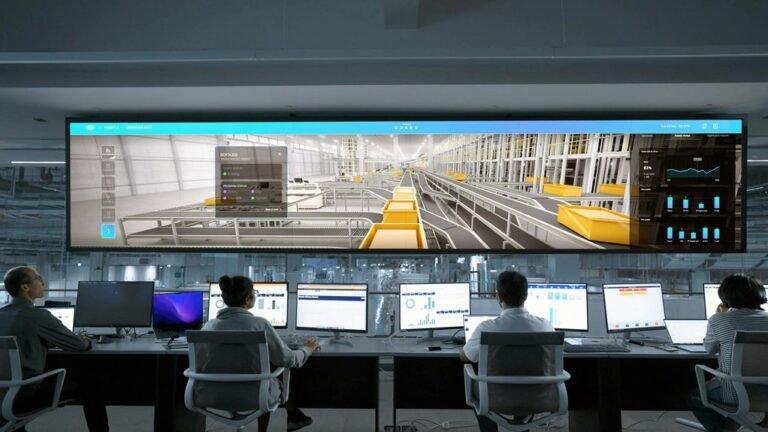Building High-Performance Teams for Success 3512709353
Building high-performance teams requires a strategic approach that prioritizes trust and collaboration. These teams leverage diverse strengths to achieve collective goals. Effective communication plays a pivotal role in enhancing team dynamics. Additionally, mechanisms for continuous improvement ensure that teams remain agile and responsive. Understanding these elements is crucial for navigating challenges and fostering innovation. What strategies can leaders implement to cultivate such an environment?
Understanding the Characteristics of High-Performance Teams
High-performance teams are distinguished by a set of defining characteristics that collectively enhance their effectiveness and productivity.
Central to their success are robust team dynamics and a commitment to shared goals. These elements foster collaboration and ignite creativity, allowing team members to harness their individual strengths while collectively striving towards a common purpose.
Ultimately, this synergy propels teams toward exceptional performance and innovation.
Fostering a Culture of Trust and Collaboration
To cultivate a thriving environment where teams can excel, fostering a culture of trust and collaboration is essential.
Implementing trust building activities enhances interpersonal relationships, encouraging team members to share ideas freely.
Additionally, utilizing collaboration tools streamlines communication and project management, reinforcing a sense of unity.
Together, these elements create a foundation for high-performance teams to innovate and achieve collective goals.
Effective Communication Strategies for Team Success
Building on a foundation of trust and collaboration, effective communication emerges as a vital component of team success.
Employing active listening fosters understanding and empathy, enabling team members to articulate ideas clearly.
Additionally, strategic conflict resolution techniques transform disagreements into opportunities for growth, enhancing collective problem-solving.
Ultimately, these communication strategies empower teams to navigate challenges and achieve shared objectives, promoting an environment of freedom and innovation.
Continuous Improvement and Feedback Mechanisms
While effective communication lays the groundwork for team success, the integration of continuous improvement and feedback mechanisms is essential for sustaining momentum and enhancing performance.
Establishing robust feedback loops allows teams to adapt swiftly to challenges, while analyzing performance metrics drives strategic decision-making.
This collaborative approach fosters an environment where team members feel empowered, ultimately promoting innovation and achieving collective goals.
Conclusion
In the pursuit of high-performance teams, the juxtaposition of trust and accountability reveals a delicate balance essential for success. While fostering collaboration encourages innovation, the strategic implementation of effective communication ensures clarity amidst diverse perspectives. Continuous improvement, juxtaposed with established routines, creates an environment where feedback is not merely reactive but proactive. Thus, by harmonizing these elements, organizations can navigate challenges with resilience, transforming potential discord into a powerful catalyst for exceptional performance and sustained growth.






